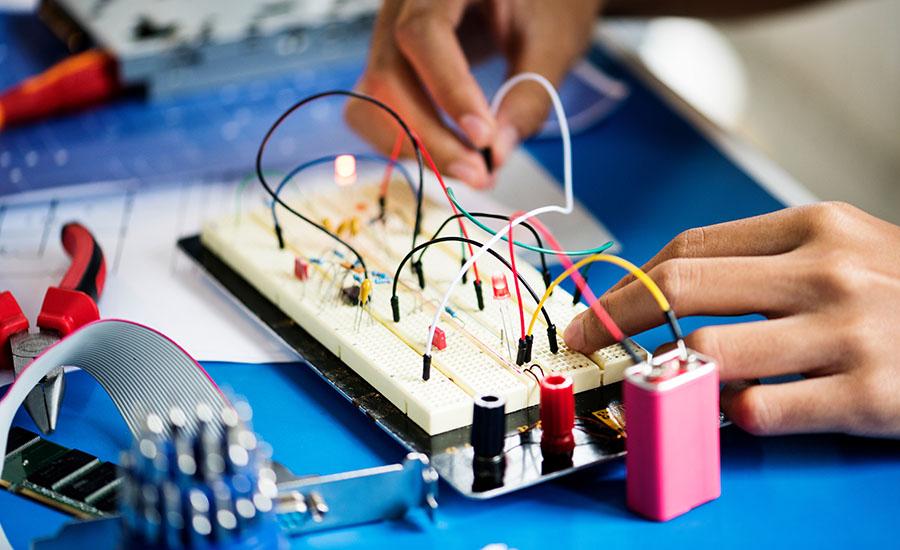
Flow of Energy through Electric Currents
In this lesson, students will develop and use the model of a simple circuit to explain how energy is moved through electric currents. The current and voltage in circuits with 1 dry cell and 2 dry cells are compared. Students observe that the ammeter and voltmeter readings are greater in the circuit with 2 dry cells as compared to the circuit which has only one dry cell. Also, the bulb in the circuit with 2 dry cells glows brighter than the bulb in the circuit with only 1 dry cell. This lesson will show students that as the voltage increases, the current also increases.
Lesson Grade Level
4th GradeLesson Plan Link/URL
https://docs.google.com/presentation/d/1ocU0GLhk-qAn6bA3F-NGh6TgECe59xg3/edit?u…Subject Area
Science Physical Science P4: Energy Transfer Mathematics Measurement and Data (MD) English Language Arts (ELA) WritingRelated Content

In this lesson, students use their knowledge of electric power to design a model circuit that expends less electrical power. They do this by using the PhET Circuit Construction Kit: DC and they may

This lesson allows students to describe the amount of current and voltage, and apply their knowledge of Ohm's Law in a series circuits. They do this by using the PhET Constructing Circuits Kit: DC and

This lesson allows students to investigate the relationships between current, voltage, and resistance using an Arduino board and electronic components, and through the PhET simulation: Circuit